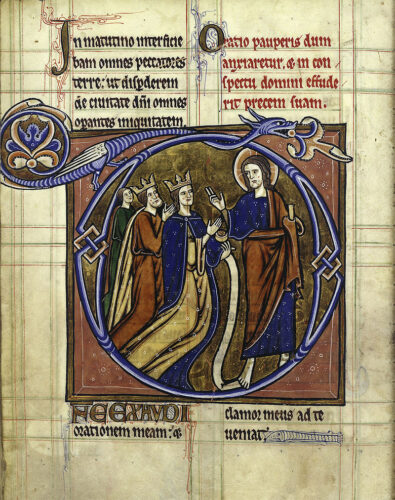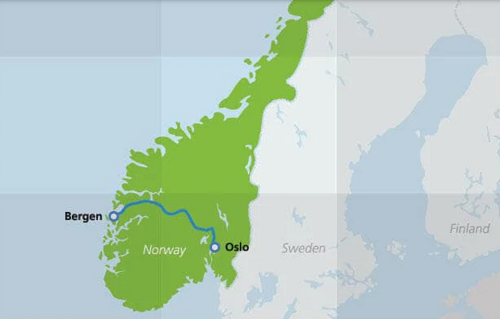Childhood
In 1196 the party of Baglers backed by the church of Norway made Oslo, a city with an already established ecclesiastical foundation, their main capital city. A year later the leader of the Birkebeiners King Sverre Sigurdsson, launched an attack on Oslo from his camp on the Island of Hovedøya.
After many casualties from both sides, King Sverre managed to force the Baglers to abandon Oslo and head further inland.
Nevertheless, Oslofjord would be considered a stronghold for the Baglers long after King Sverre’s death (1202), until finally, the Birkebeiner King Håkon Håkonsson managed to unite the two sides in 1240 and bring peace to the country.
After consolidating his power King Håkon Håkonsson or King Haakon IV of Norway started constructing several monumental royal buildings around Norway, one of them, one of the first ever to be built in stone & brick in Oslo.
In that same period, the bishop’s palace was transformed into a fortified stone castle, the Dominican Abbey of St. Olav was built around the pre-existing Church of St. Olav and the Franciscan monks established their monastery on the north-facing slope of Ekeberg.



In 1263 King Haakon IV died while fighting the Scottish King Alexander III on the archipelago off the west coast of Scotland, leaving his youngest son Magnus VI the Law-mender on the throne. King Haakon IV’s aggressive foreign policy had made Norway a small empire, with lands in Scotland, Iceland, and Greenland.
The youngest surviving son of Magnus the Law-mender was Haakon V who after his father died in 1280, was named Duke of Norway taking responsibility for a large area around Oslo, while his older brother Erik II would rule as king from Bergen, Norway’s most important city at the time.




